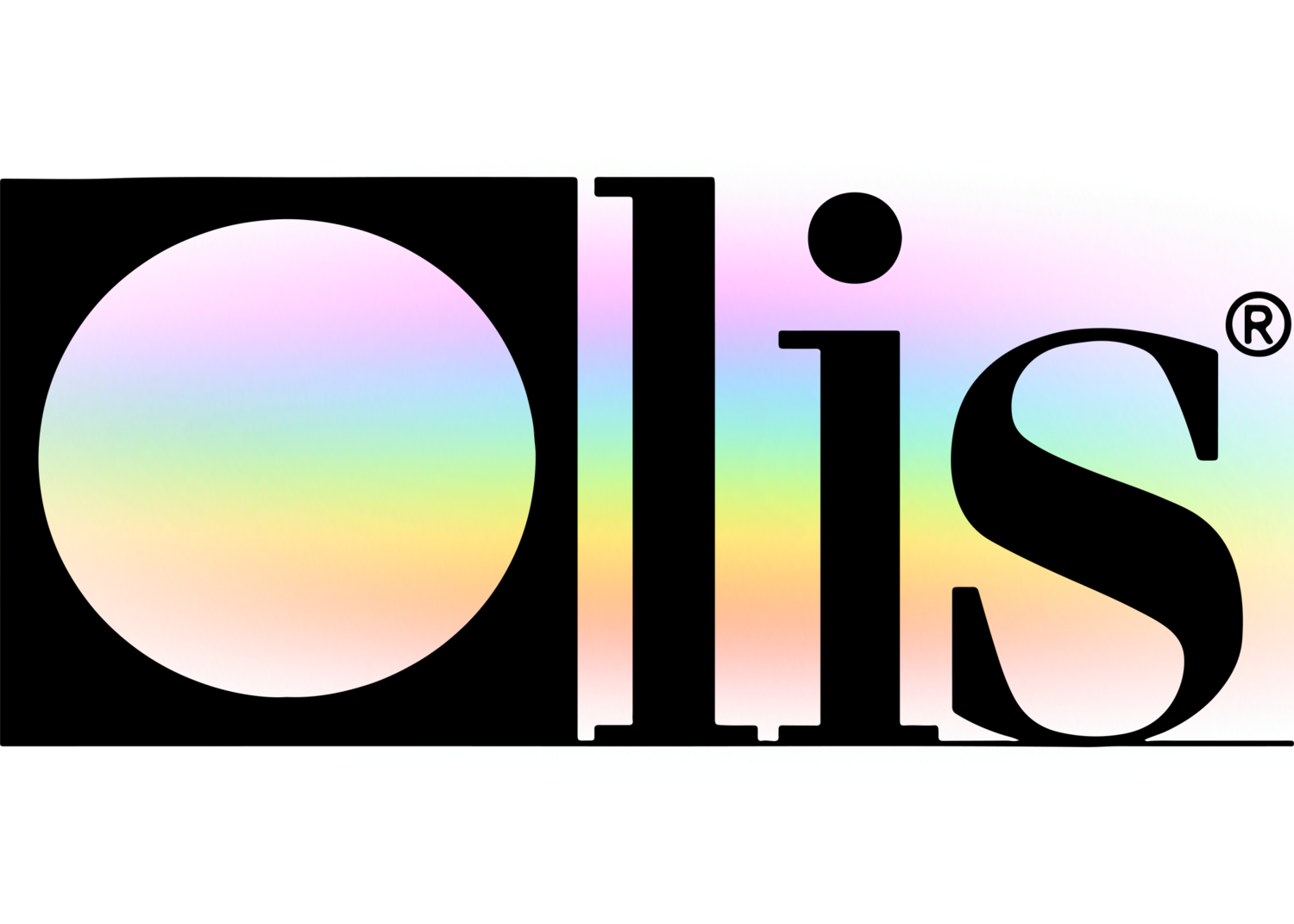The Definitive Guide for Circular Dichroism
The Definitive Guide for Circular Dichroism
Blog Article
The 2-Minute Rule for Uv/vis/nir
Table of ContentsAbout Circular DichroismThe smart Trick of Spectrophotometers That Nobody is DiscussingGetting My Uv/vis To Work8 Simple Techniques For Circular DichroismThe Ultimate Guide To Spectrophotometers

Spectrophotometry is most typically applied to ultraviolet, noticeable, and infrared radiation, modern spectrophotometers can interrogate wide swaths of the electro-magnetic spectrum, consisting of x-ray, ultraviolet, visible, infrared, and/or microwave wavelengths. Spectrophotometry is a tool that hinges on the quantitative analysis of particles depending upon how much light is absorbed by colored compounds.
Some Known Facts About Circular Dichroism.
A spectrophotometer is frequently utilized for the measurement of transmittance or reflectance of services, transparent or opaque solids, such as refined glass, or gases. Many biochemicals are colored, as in, they take in visible light and for that reason can be determined by colorimetric procedures, even colorless biochemicals can often be transformed to colored compounds appropriate for chromogenic color-forming reactions to yield compounds ideal for colorimetric analysis.: 65 However, they can also be developed to determine the diffusivity on any of the listed light varieties that usually cover around 2002500 nm utilizing various controls and calibrations.
An example of an experiment in which spectrophotometry is utilized is the decision of the balance constant of an option. A certain chain reaction within a solution might occur in a forward and reverse direction, where reactants form items and products break down into reactants. At some point, this chemical response will reach a point of balance called a balance point.
See This Report about Spectrophotometers
The amount of light that passes through the option is indicative of the concentration of particular chemicals that do not permit light to travel through. The absorption of light is due to the interaction of light with the electronic and vibrational modes of particles. Each type of particle has a private set of energy levels related to the makeup of its chemical bonds and nuclei and therefore will take in light of particular wavelengths, or energies, resulting in unique spectral homes.
Making use of spectrophotometers covers various scientific fields, such as physics, products science, chemistry, biochemistry. spectrophotometers, chemical engineering, and molecular biology. They are extensively used in numerous markets consisting of semiconductors, laser and optical manufacturing, printing and forensic assessment, as well as in labs for the study of chemical substances. Spectrophotometry is often utilized in measurements of enzyme activities, determinations of protein concentrations, determinations of enzymatic kinetic constants, and measurements of ligand binding reactions.: 65 Ultimately, a spectrophotometer is able to identify, depending upon the control or calibration, what substances exist in a target and precisely just how much through calculations of observed wavelengths.
This would come as an option to the formerly developed spectrophotometers which were unable to take in the ultraviolet correctly.
More About Spectrophotometers
It would be found that this did not provide satisfactory results, therefore in Model B, there was a shift from a glass to a quartz prism which enabled much better absorbance results - UV/Vis/NIR (http://go.bubbl.us/df2308/dba3?/New-Mind-Map). From there, Model C was born with a change to the wavelength resolution which ended up having 3 units of it produced
It was produced from 1941 to 1976 where the rate for it in 1941 was US$723 (far-UV accessories were an alternative at additional cost). In the words of Nobel chemistry laureate Bruce Merrifield, it was "most likely the most crucial instrument ever established towards the development of bioscience." Once it became terminated in 1976, Hewlett-Packard produced the first commercially offered diode-array spectrophotometer in 1979 called the HP 8450A. It irradiates the sample with polychromatic light which the sample takes in depending upon its properties. It is transmitted back by grating the photodiode variety which detects the wavelength area of the spectrum. Ever since, the creation and execution of spectrophotometry devices has actually increased exceptionally and has turned into one of the most innovative instruments of our time.

The Best Guide To Circular Dichroism
The grating can either be movable or fixed.
In such systems, the grating is fixed and the intensity of each wavelength of light is determined by a different detector in the variety. Furthermore, most modern-day mid-infrared spectrophotometers utilize a read Fourier transform strategy to get the spectral details - https://www.callupcontact.com/b/businessprofile/Olis_Clarity/8903776. This method is called Fourier transform infrared spectroscopy. When making transmission measurements, the spectrophotometer quantitatively compares the fraction of light that goes through a recommendation service and a test service, then electronically compares the strengths of the two signals and computes the percentage of transmission of the sample compared to the referral requirement.

Report this page